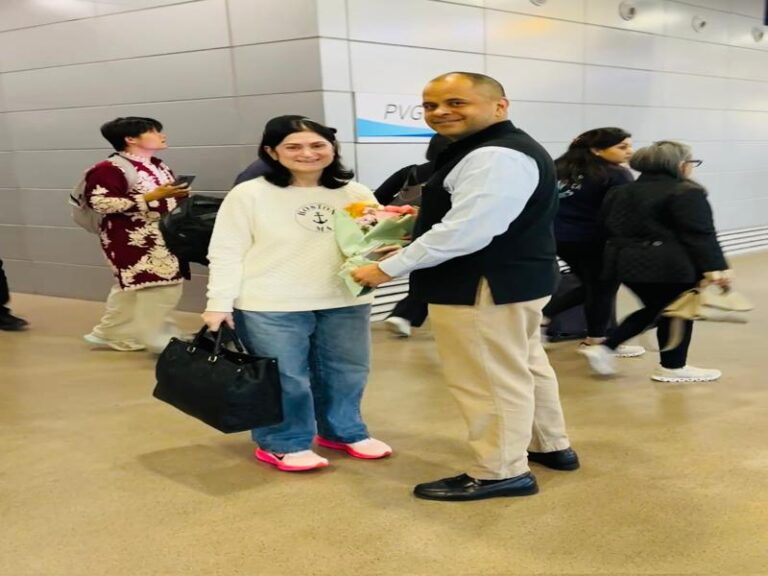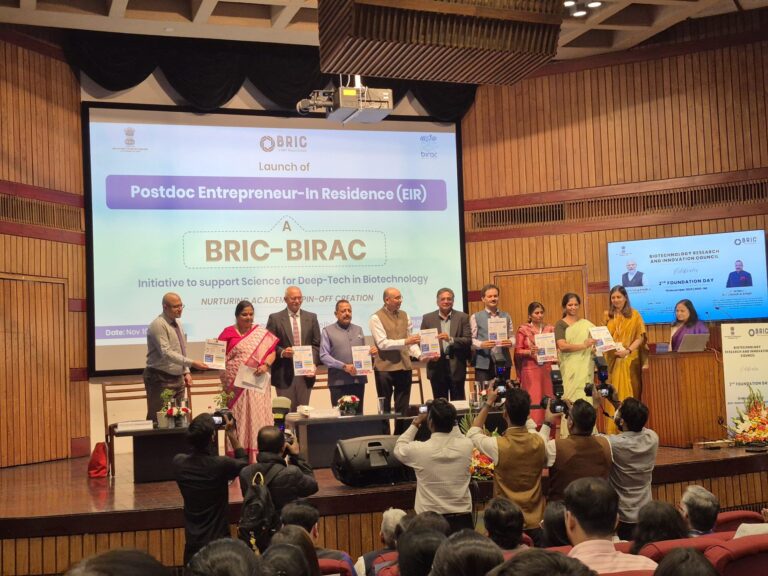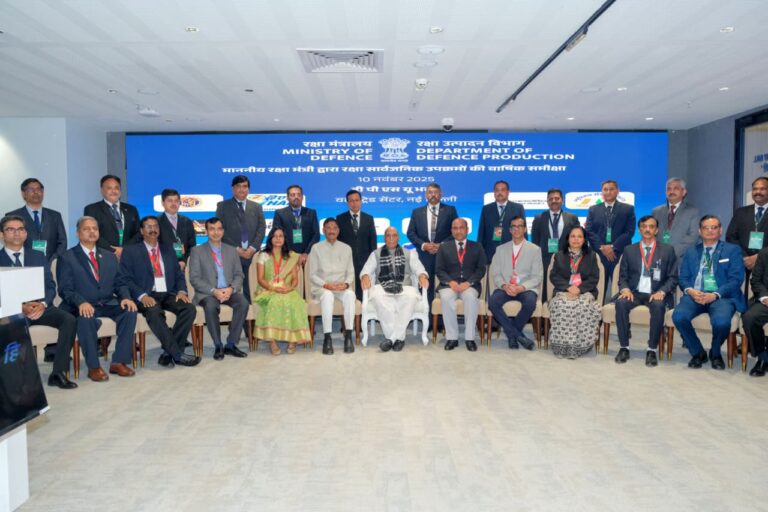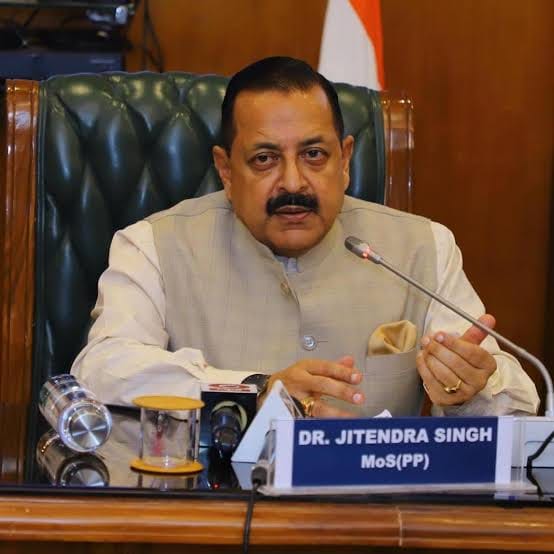India-New-New Zealand FTA Advances in Fourth Round

The talks were co-chaired by Union Minister of Commerce and Industry Piyush Goyal and New Zealand's Minister for Trade Todd McClay.
The fourth crucial round of negotiations on the proposed India–New Zealand Free Trade Agreement (FTA) successfully concluded recently in Auckland and Rotorua. This five-day high-level engagement saw detailed discussions aimed at accelerating a modern, comprehensive, and future-ready trade pact. Specifically, Union Minister of Commerce and Industry Piyush Goyal and New Zealand’s Minister for Trade Todd McClay co-chaired the talks. Both nations reaffirmed their shared commitment to finalising an agreement that can potentially boost bilateral trade tenfold over the next decade.
Core Tracks and Momentum for Market Access
The ministerial delegations held extensive and productive discussions across several crucial tracks. In particular, the negotiations focused heavily on market access for Trade in Goods, liberalization of Trade in Services, defining Rules of Origin, and deepening Economic Cooperation and Investment. Officials reported significant and steady progress made toward convergence on outstanding issues. Indeed, the positive tone of the discussions underscored a strong political will to secure an early, balanced, and mutually advantageous conclusion to the FTA. The pact will provide greater predictability and enhanced market access for businesses in both countries.

India-New Zealand FTA: The $10 Billion Trade Ambition
Currently, the bilateral merchandise trade between India and New Zealand stands at approximately $1.3 billion (FY 2024–25), having already recorded a robust 49 per cent year-on-year growth. The total trade in goods and services reached an estimated $1.75 billion in the previous fiscal year. However, both ministers share the ambitious long-term vision of growing this trade figure significantly, aiming for a 10-fold increase.
The proposed FTA will unlock immense potential across multiple sectors. For instance, it targets new opportunities in pharmaceuticals, education, food processing, renewable energy, and various high-tech services.
Addressing Sensitive Areas and New Collaborations
While negotiations advanced across most chapters, both sides carefully navigated historically sensitive areas. Notably, the dairy and agriculture sectors remain the primary sticking points, as India has maintained a cautious approach to opening its dairy market in previous trade agreements. Crucially, Minister Goyal emphasised that the agreement will respect mutual sensitivities and will not be rushed. The aim is to ensure the final deal is beneficial to both Indian and New Zealand citizens.
Furthermore, the talks expanded collaboration into future-oriented sectors. Specifically, they identified new avenues for partnership in areas like maritime cooperation, aerospace, defence, space technology, and gaming, reflecting the growing strategic convergence between the two Indo-Pacific partners. The countries also discussed strengthening people-to-people ties, with work ongoing to establish direct flight connectivity by 2028.
India-New Zealand FTA: Sustaining Momentum
The successful completion of the fourth round sets a firm pace for the final stage of negotiations. Both delegations agreed to sustain the current momentum through intensive inter-sessional work. Looking ahead, New Zealand’s Trade Minister Todd McClay is expected to visit India next month, with the next formal round of negotiations anticipated to be held in New Delhi shortly after. It will push the FTA closer to its early conclusion.
About the Author
News Orbiter Bureau
Author
News Orbiter runs a 24/7 news bureau that tracks the intersections of governance, policy, business & economy, infrastructure & real estate with specialised insights into India’s growth story. The bureau manages a policy-business-intelligence hub, delivering clarity, context, and depth on the decisions shaping India’s governance, economy, and industry.





